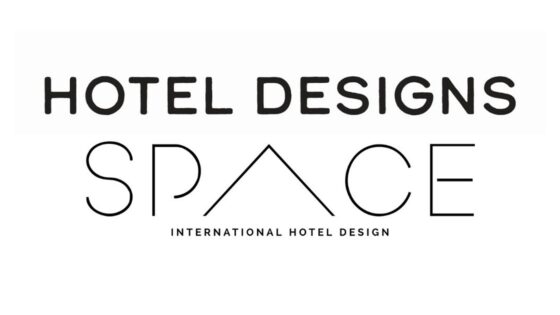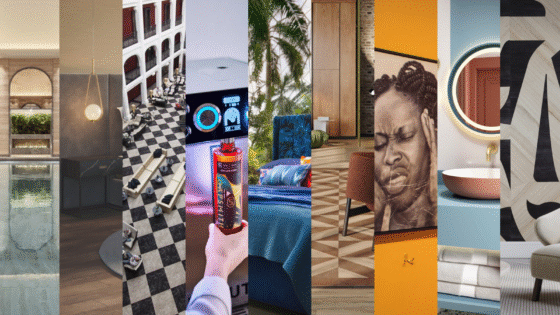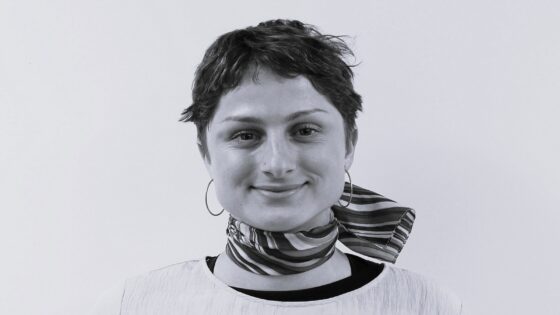Hotel Designs recently caught up with Bee Osborn, owner of Osborn Interiors to discuss her design process and why it is so important to believe in your own ability.
Bee has been an interior designer for over two decades. She draws inspiration from classic design and proportion. She is extremely passionate about lighting and considers is a vital element of any project.
We begin…
How did you get in to the industry and why?
Bee Osborn: About 20 years ago I started buying and selling houses as a way to make ends meet and support my two young daughters. Often when I did up a house to sell, friends would ask me if I could help them decorate theirs. Eventually after years of being asked this I plucked up to courage to help a friend decorate her house from top to bottom, one thing led to another and before I knew it, it became a full time business.
Do you believe that training on some level is important or that certain industry qualifications help you to win business?
BO: Definitely, not only does it give you confidence in yourself but I’m sure it gives clients confidence in you too. Doing the Inchbald course taught me how to draw plans, elevations, perspectives, spacial planning, as well as learning about architecture & the history of design. Despite years of doing interior decorating before completing the Inchbald course, the process took me to the next level and I really felt able to call myself an interior designer as opposed to a decorator.
What or who inspires your design projects?
BO: Any type of travel inspires me enormously. Just getting out and about and seeing new things, shapes and textures gives you ideas. Also the headspace you gain whilst walking, frees your mind to receive creative ideas. Other designers who inspire me are Veere Greney, Stephen Gamble & Anouska Hemple all for their bold designs that are traditional but with a contemporary twist.
You have worked in this industry for a number of years. Over your time spent designing for both commercial and residential projects what has been your favourite and the one you are most proud of and why?
BO: Hotel Le Toiny in St Barth’s. It had a very quick turnaround, from the initial site visit to the installation (incorporating the complete redesign of the entire hotel) was just 5 months. The client was very supportive and approved everything immediately and it was transformed from a dark, rather gloomy space to a light, calm, beautiful hotel. In addition we were able to use lots of wonderful materials: petrified wood, handmade linens, bleached sycamore, oyster shells, mother of pearl, antique mirror & lots of bespoke items giving it a unique, understated, luxurious look. It was an utter joy to work on, except the tight time frame meant I didn’t sleep for those 5 months!
You have incorporated many of the latest technology and innovation offerings in to your designs – which has excited you most?
BO: Hiding electronic chips into leather key fobs. It doesn’t impact on the design but does alert the PA system when a guest has left the room so that housekeeping and maintenance can go in freely. It also takes the lighting and air-con down to the minimum level, which reverts as soon as the guest re-enters the room again. It saves on energy without compromising on style.
What is it that you like so much about a hotel design project?
BO: The freedom to create exciting, comfortable spaces that people can dip into and escape from their everyday lives.
Why do you believe lighting is so important to a design project?
BO: Lighting is all about creating atmosphere and can make or break a scheme. I believe it should be subtle, with pockets of light in layers from the floor to the ceiling. I like it when you hardly notice the fitting, and just feel the gentle light it emits. Ambient, accent and task lighting, are all equally important in creating a balanced, visually comfortable space.
Can you make a project practical whilst maintaining something that is visually pleasing?
BO: This is hard! Practicality can curb design, but on hotel projects it is very important to think comfort and practicality first. Obviously guests aren’t as careful when staying in a hotel as they are in their own home, so you need to consider this carefully. We use lots of indoor/outdoor fabrics to aid with spillages and wear & tear. We are mindful when choosing finishes for furniture and it is a constant battle of trying to achieve the look you want with a practical finish. In St Barth’s every single piece of upholstery had to have loose covers so it could be removed for washing. It is hard to create a sharp clean look with loose covers but not impossible. In addition, all 3,000 metres of the handmade linen that we used had to be pre-washed and shrunk before making up, which was a job itself!
What is the biggest change you’ve witnessed since being an interior designer and starting out over two decades ago?
BO: The increase of the digital world. From old fashioned physical mood boards that we used to present with, now it is all done electronically with presentations on iPads and CGI’s. With SketchUp models, clients being able to walk around the space and feel what it will be like before it is even built. However, some clients still love our hand drawn perspectives as they are so beautiful and softer than CGI’s.
List 3 pieces of advice you would pass on to a budding interior designer who is just starting out?
BO: Believe in yourself is my number one. Having a positive outlook too, even if things don’t feel positive at the time, fake it to make it. Both are key to any success in life. But as far as interior design is concerned, learning to be still and visualise, picture the space in your mind and hold it there, until it becomes a reality.





